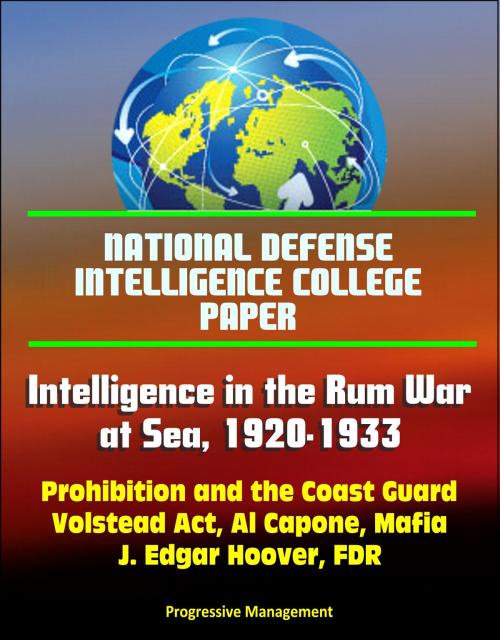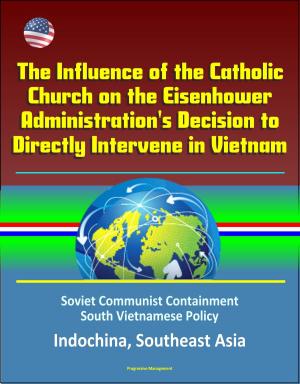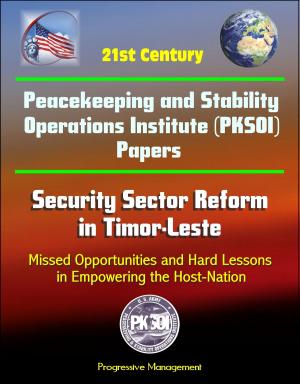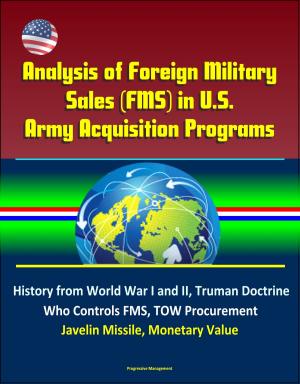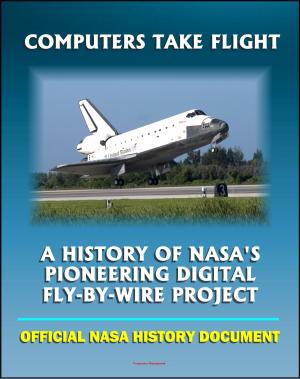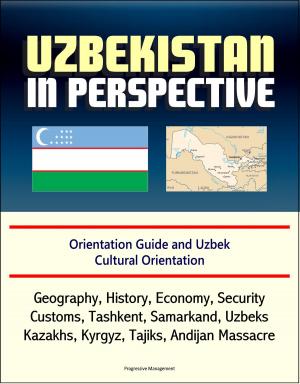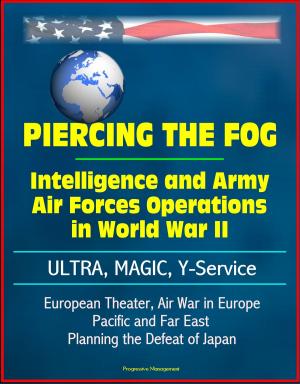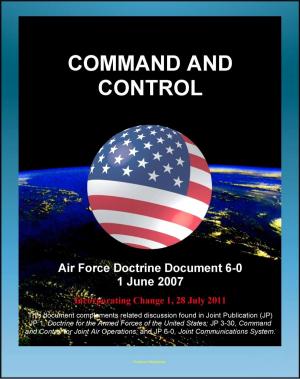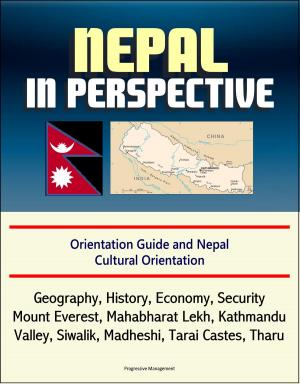National Defense Intelligence College Paper: Intelligence in the Rum War at Sea, 1920-1933 - Prohibition and the Coast Guard, Volstead Act, Al Capone, Mafia, J. Edgar Hoover, FDR
Nonfiction, History, Military, Naval, Americas, United States, 20th Century| Author: | Progressive Management | ISBN: | 9781311399601 |
| Publisher: | Progressive Management | Publication: | December 3, 2013 |
| Imprint: | Smashwords Edition | Language: | English |
| Author: | Progressive Management |
| ISBN: | 9781311399601 |
| Publisher: | Progressive Management |
| Publication: | December 3, 2013 |
| Imprint: | Smashwords Edition |
| Language: | English |
This unique and informative paper was produced by the National Intelligence University / National Defense Intelligence College. The "lessons of history" are important tools in formulating the strategy, policy and tactics to protect our national interests. The lessons learned from the use of intelligence in the Rum War at Sea are totally applicable to today's War on Drugs. Over ninety-five percent of the drugs that reach our borders originate from source countries that rely on maritime smuggling routes. The value of intelligence as a force multiplier in the Drug War. like that chronicled by the author for the Rum War. cannot be overestimated. Still, these lessons had to be learned anew in the Drug War. In 1988 intelligence was a factor in approximately fifteen percent of drug interdictions. By 1998. it was The essential factor responsible for over eighty-live percent of all interdictions. It is disappointing to know that it took over a decade to convince the Intelligence Community, as well as other responsible agencies, that all-source, fused intelligence was the most important element of our maritime strategy, both for illegal drugs as well as illegal migration. All of the elements described by the author—interagency cooperation, all-source intelligence, counterintelligence, operational security, communications security, as well as HUMINT, COMUNT and Imagery—have direct parallels to today's maritime interdiction operations. In this respect, the book is a valuable primer for any intelligence strategist.
Many of the challenges faced in the use of all-source intelligence for border interdiction operations are not readily apparent. In peacetime, border interdiction is the responsibility of domestic agencies. Involvement in these so-called "'police operations" is prohibited for the Department of Defense as a matter of policy and law. The provision of intelligence obtained from national sensors to domestic agencies that are "'non-subscribers" becomes problematic.
This book reflects careful archival research by U.S. Coast Guard Lieutenant Eric Ensign, who was a student at this College in the 1997-1998 academic year. The manuscript was originally prepared to fulfill part of the requirements for the degree of Master of Science of Strategic Intelligent at this institution. His work holds enduring value, in light of the continuing counter smuggling missions of the U.S. Coast Guard and other national security organizations. Its publication offers one example of the variety of applied intelligence research carried out by over 100 successful degree candidates who graduate each year from this College's graduate program in intelligence studies.
Topics and subjects include: The Coast Guard and prohibition; Volstead Act; Al Capone and the Mafia; Smugglers and Smugglers; Rum Runners; Bahamas; Belize; "Rum Row", Federal Prohibition Bureau; Herbert Hoover, Franklin D. Roosevelt; J. Edgar Hoover; Valentine's Day Massacre; Parallels to the War on Drugs; Customs Service; U.S. Treasury Department; Anti-Saloon League of America; Cutters; Destroyers; Rear Admiral Billard; Picket Boats; Six-bitters; All Source Intelligence; COMINT; HUMINT; IMINT; Lt. Commander Charles S. Root; Coast Guard Intelligence Section; codebreaking; encryption;l radio; consolidate exporters; Fairchild Aerial camera; Loening OL-5 Seaplane; Cryptanalysis.
This unique and informative paper was produced by the National Intelligence University / National Defense Intelligence College. The "lessons of history" are important tools in formulating the strategy, policy and tactics to protect our national interests. The lessons learned from the use of intelligence in the Rum War at Sea are totally applicable to today's War on Drugs. Over ninety-five percent of the drugs that reach our borders originate from source countries that rely on maritime smuggling routes. The value of intelligence as a force multiplier in the Drug War. like that chronicled by the author for the Rum War. cannot be overestimated. Still, these lessons had to be learned anew in the Drug War. In 1988 intelligence was a factor in approximately fifteen percent of drug interdictions. By 1998. it was The essential factor responsible for over eighty-live percent of all interdictions. It is disappointing to know that it took over a decade to convince the Intelligence Community, as well as other responsible agencies, that all-source, fused intelligence was the most important element of our maritime strategy, both for illegal drugs as well as illegal migration. All of the elements described by the author—interagency cooperation, all-source intelligence, counterintelligence, operational security, communications security, as well as HUMINT, COMUNT and Imagery—have direct parallels to today's maritime interdiction operations. In this respect, the book is a valuable primer for any intelligence strategist.
Many of the challenges faced in the use of all-source intelligence for border interdiction operations are not readily apparent. In peacetime, border interdiction is the responsibility of domestic agencies. Involvement in these so-called "'police operations" is prohibited for the Department of Defense as a matter of policy and law. The provision of intelligence obtained from national sensors to domestic agencies that are "'non-subscribers" becomes problematic.
This book reflects careful archival research by U.S. Coast Guard Lieutenant Eric Ensign, who was a student at this College in the 1997-1998 academic year. The manuscript was originally prepared to fulfill part of the requirements for the degree of Master of Science of Strategic Intelligent at this institution. His work holds enduring value, in light of the continuing counter smuggling missions of the U.S. Coast Guard and other national security organizations. Its publication offers one example of the variety of applied intelligence research carried out by over 100 successful degree candidates who graduate each year from this College's graduate program in intelligence studies.
Topics and subjects include: The Coast Guard and prohibition; Volstead Act; Al Capone and the Mafia; Smugglers and Smugglers; Rum Runners; Bahamas; Belize; "Rum Row", Federal Prohibition Bureau; Herbert Hoover, Franklin D. Roosevelt; J. Edgar Hoover; Valentine's Day Massacre; Parallels to the War on Drugs; Customs Service; U.S. Treasury Department; Anti-Saloon League of America; Cutters; Destroyers; Rear Admiral Billard; Picket Boats; Six-bitters; All Source Intelligence; COMINT; HUMINT; IMINT; Lt. Commander Charles S. Root; Coast Guard Intelligence Section; codebreaking; encryption;l radio; consolidate exporters; Fairchild Aerial camera; Loening OL-5 Seaplane; Cryptanalysis.
